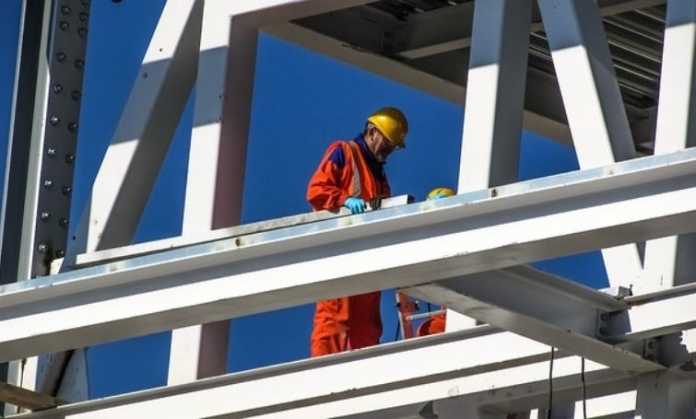Construction sites are hazardous, and ensuring the safety of workers and visitors is paramount. Comprehensive safety measures protect lives, enhance project efficiency, and reduce costly accidents. Below are some essential steps to improve safety on your construction site.
1. Develop a Safety Plan
Start by creating a robust safety plan tailored to the needs of this construction project. This plan should outline safety protocols, procedures, and responsibilities. It must be easily accessible to all workers and regularly reviewed and updated as necessary.
2. Conduct Risk Assessments
Identify potential hazards on the construction site through thorough risk assessments. Consider factors such as machinery operation, electrical work, heights, and environmental conditions. Regularly reassess these risks as the project progresses and conditions change. You should consider working with safety consultants to be most effective and boost compliance with ISNetworld.
3. Provide Proper Training
Ensure that all workers receive appropriate training in safety procedures, equipment operation, and hazard recognition. Workers should be knowledgeable about how to handle emergencies and use personal protective equipment (PPE) correctly.
4. Enforce Safety Standards
Set clear safety standards and enforce them rigorously. Make it clear that safety violations will not be tolerated. Regularly monitor and inspect the site to ensure compliance with safety guidelines.
5. Use Personal Protective Equipment (PPE)
Require all workers to wear appropriate PPE, including hard hats, high-visibility vests, safety glasses, gloves, and steel-toed boots. Provide and maintain PPE to ensure it remains effective.
6. Implement Fall Protection Measures
Falls on construction sites cause many injuries. Install guardrails, safety nets, and personal fall arrest systems where necessary. Conduct regular inspections to ensure these measures remain in good condition.
7. Proper Equipment Maintenance
Perform frequent inspections and upkeep of all construction machinery and equipment. Defective equipment has the potential to result in accidents and harm. Establish a structured maintenance and repair schedule to ensure ongoing equipment reliability and safety.
8. Manage Electrical Safety
Electrical hazards are prevalent on construction sites. Ensure that all electrical work is performed by qualified professionals. Keep electrical equipment and cords in good condition and provide training on electrical safety.
9. Control Dust and Chemical Exposures
Dust and chemicals can pose health risks to workers. Implement dust control measures, use appropriate ventilation systems, and provide workers with respirators when necessary. Store and handle chemicals in accordance with safety regulations.
10. Promote Communication
Encourage open and effective communication among all team members. Workers should feel comfortable reporting safety concerns, and supervisors should address these concerns promptly.
11. Establish Emergency Response Plans
Develop comprehensive emergency response plans that cover a range of potential scenarios, including fires, medical emergencies, and hazardous material spills. Conduct drills and ensure all workers know the procedures.
12. Manage Site Access
Control access to the construction site to prevent unauthorized individuals from entering potentially dangerous areas. Display clear signage and ensure visitors are accompanied and briefed on safety protocols.
13. Provide Adequate Lighting
Inadequate lighting can lead to accidents and decreased productivity, especially during early morning or evening work hours. Ensure proper lighting throughout the site, particularly in areas with high foot traffic or machinery operation.
14. Regular Safety Meetings
Hold regular safety meetings with all workers to discuss safety concerns, incidents, and best practices. Use these meetings as opportunities to reinforce the importance of safety.
15. Emphasize Leadership and Accountability
Leadership plays a crucial role in promoting safety on construction sites. Supervisors and managers should lead by example, adhering to safety protocols and demonstrating their commitment to a safe work environment.



























